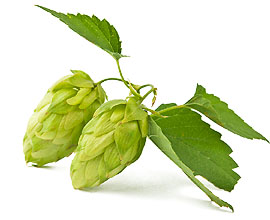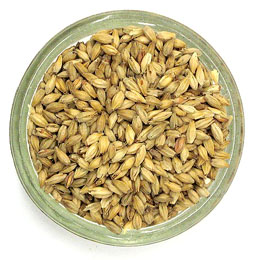 Adventures in Homebrewing is proud to announce an expanded offering of malted brewing grains. We now carry nearly 100 different malts and specialty grains to add to your homebrewing arsenal. We have grain products from some of the best malt producers the world has to offer, including Briess, Weyermann, Crisp, and more. Want to brew an authentic German, Belgian, or English ale? Now you can build your beer recipe around malt from the region where your favorite beer is traditionally brewed.
Adventures in Homebrewing is proud to announce an expanded offering of malted brewing grains. We now carry nearly 100 different malts and specialty grains to add to your homebrewing arsenal. We have grain products from some of the best malt producers the world has to offer, including Briess, Weyermann, Crisp, and more. Want to brew an authentic German, Belgian, or English ale? Now you can build your beer recipe around malt from the region where your favorite beer is traditionally brewed.
Adventures in Homebrewing offers malted brewing grains from the following malt houses:
- Avangard – Avangard Malz, based in Germany, is the largest maltster in that country. Use Avangard pilsner malt for your German lagers, Avangard wheat malt in your hefeweizen, and Avangard Munich Light or Munich Dark in your Munich-style lagers.
- Briess – Briess is the largest maltster in America. We carry a variety of Briess 6-row and 2-row base malts, a complete range of Briess caramel malts, and several specialty malts, including chocolate malt, Vienna malt, smoked malt, and Carapils, just to name a few.
- Crisp – Crisp is the leading maltster of the UK. Many homebrewers swear by their Finest Maris Otter malt. Crisp is also one of the few producers of such specialty malts as amber malt, brown malt, pale chocolate malt, and crystal malts 15°L, 45°L, and 77°L. Use these Crisp malts for your English pale ales, porters, and stouts.
- Dingeman’s – Mouterij Dingeman’s is a Belgian maltster producing some of the specialty malts you’ll need for your favorite Belgian beer recipes. Use Belgian biscuit malt, special B malt, and aromatic malt to bring authenticity to your Belgian beer recipes, or add them to other recipes for a touch of complexity.
- Gambrinus – Canadian maltster Gambrinus is famous for its honey malt, also known as “Brumalt”. As the name implies, honey malt can lend a pleasing sweetness to just about any beer. It worked great in my Flower Power IPA!
- Munton’s – Another highly regarded British maltster is Munton’s, who makes some one-of-a-kind malts like English lager malt and English mild ale malt. Their unmalted roasted barley contributes characteristics roasted flavor to porters and stouts.
- Weyermann – Germany’s Weyermann is one of the most well-respected maltsters in the world. We now carry 31 malts from Weyermann, from their Bohemian pilsner and pale wheat, to a chocolate rye malt and Carafa Type I, Type II and Type III. Weyermann malts can be used in any style of beer, but will really excel when recreating the traditional beers of Germany.
Our expanded of malted and unmalted grains now give the homebrewer even more control and versatility over the beers they make. Whether you brew all-grain or extract, these grains can help bring a range of character and flavor to your homemade beer.
What are some of your favorite malts for homebrewing?
———————————————————————-
David Ackley is a beer writer, homebrewer, and self-described “craft beer crusader.” He holds a General Certificate in Brewing from the Institute of Brewing and Distilling and is founder of the Local Beer Blog.

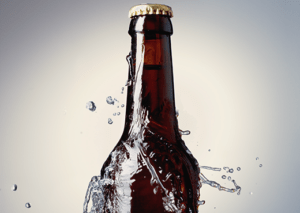
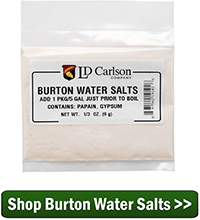
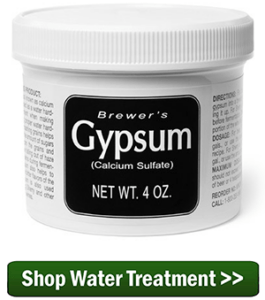
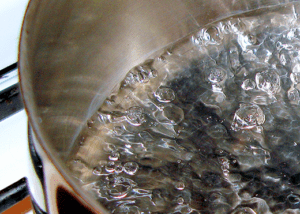 Matt Chrispen, a blogger at
Matt Chrispen, a blogger at 